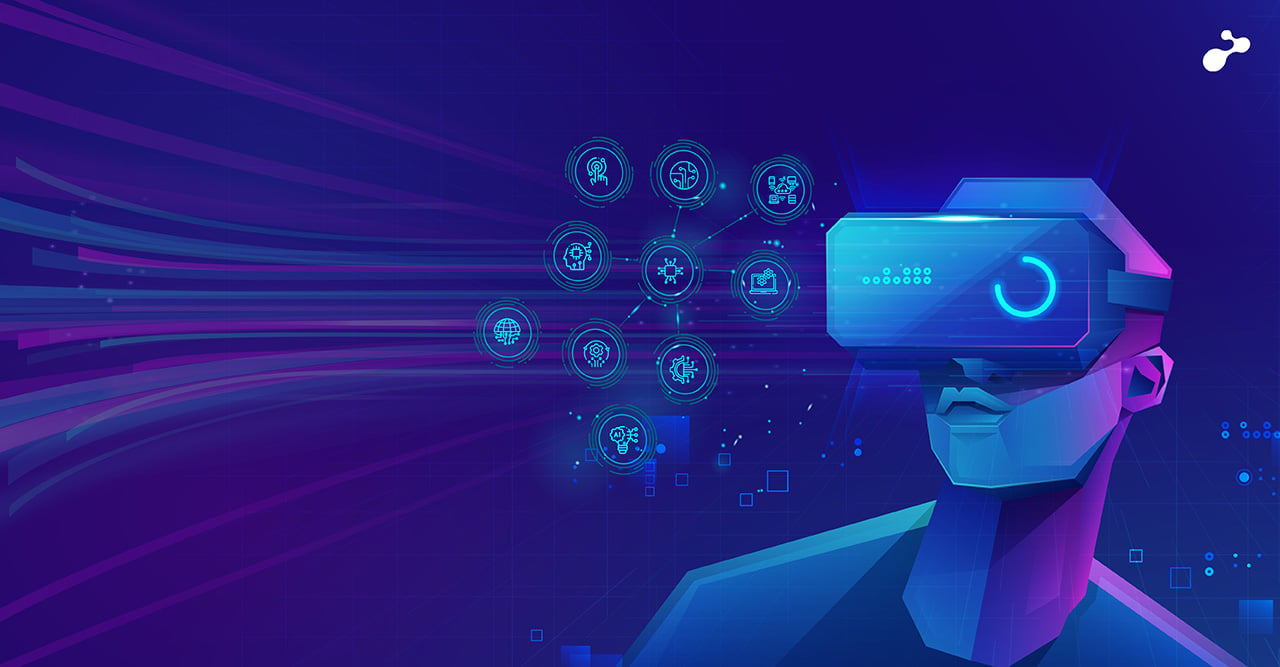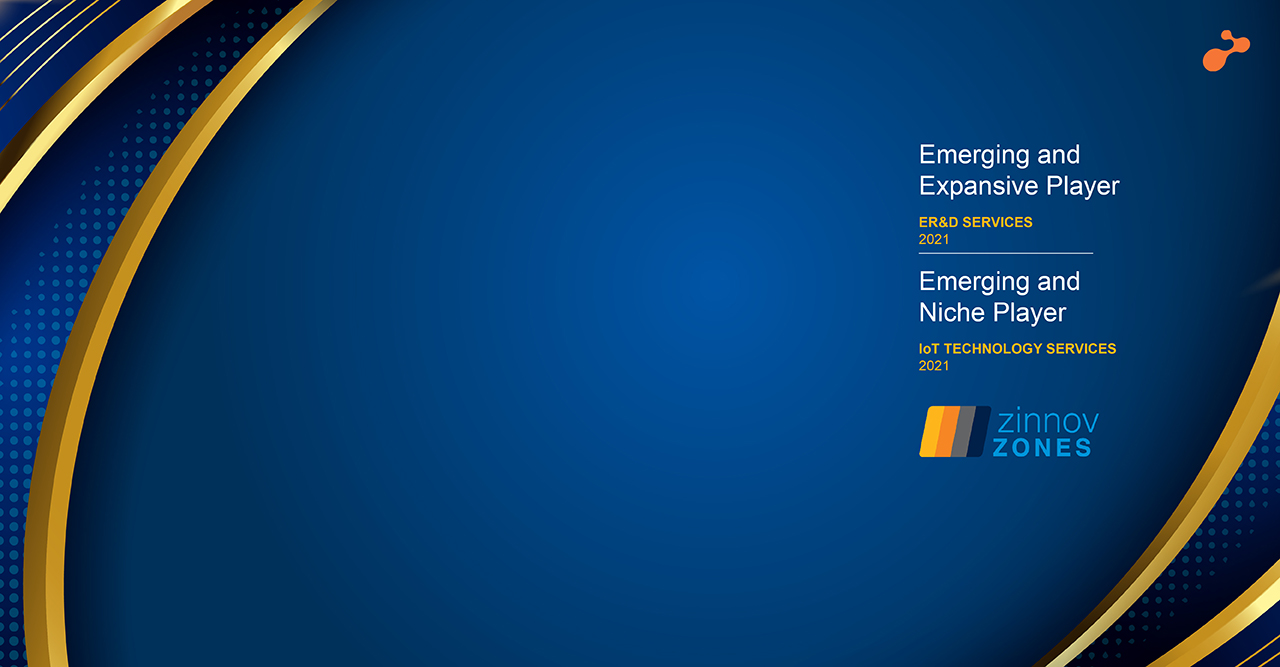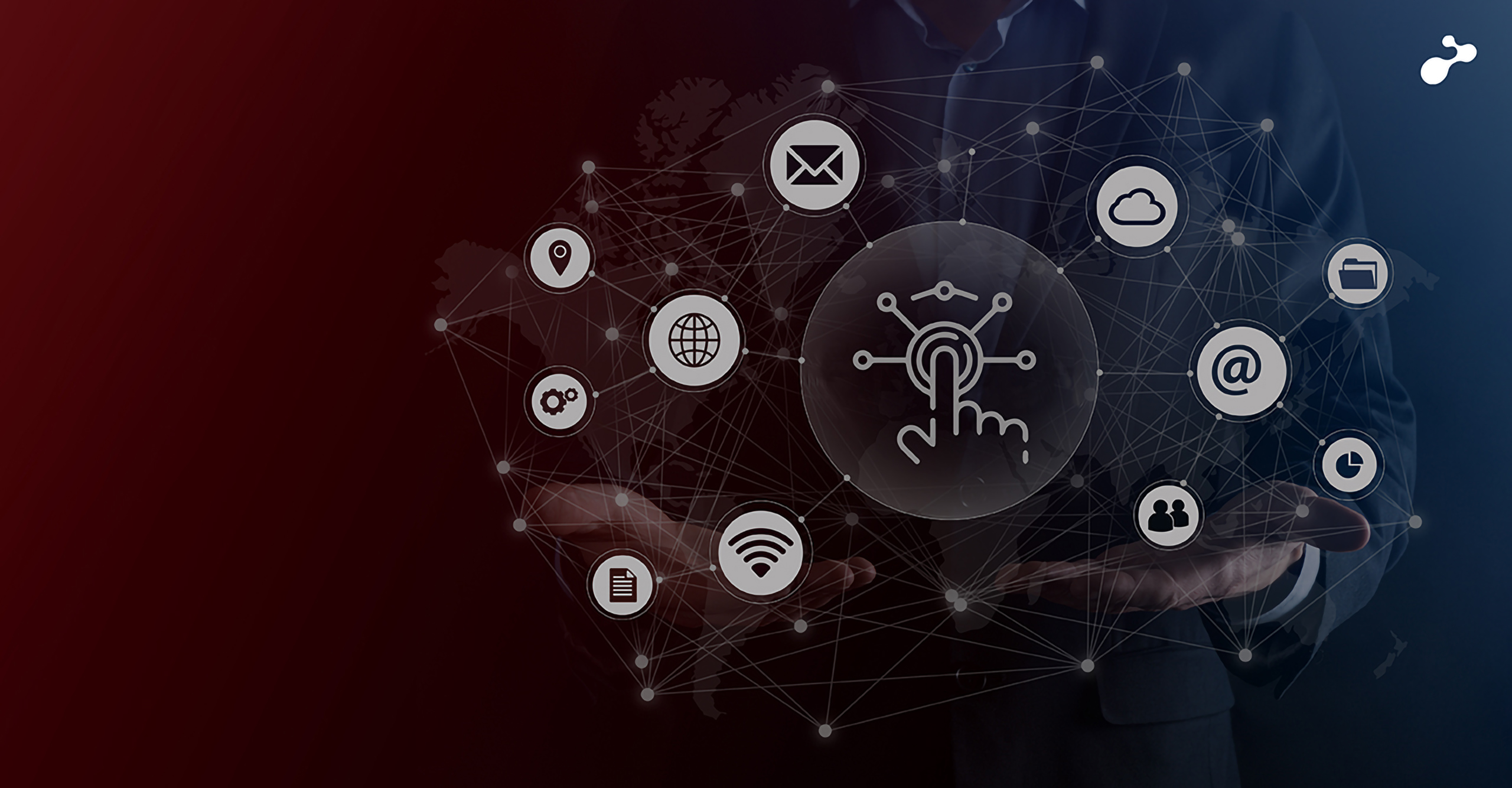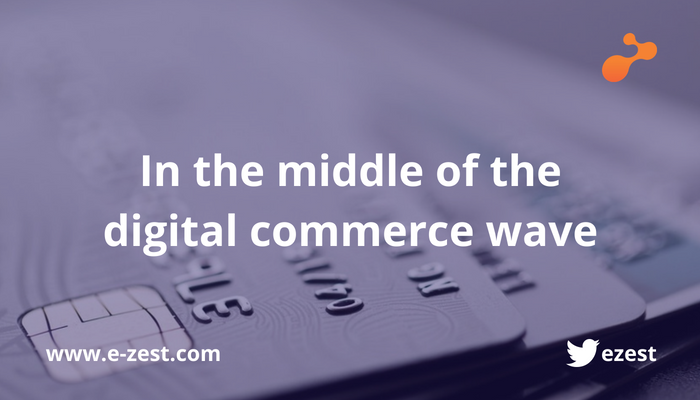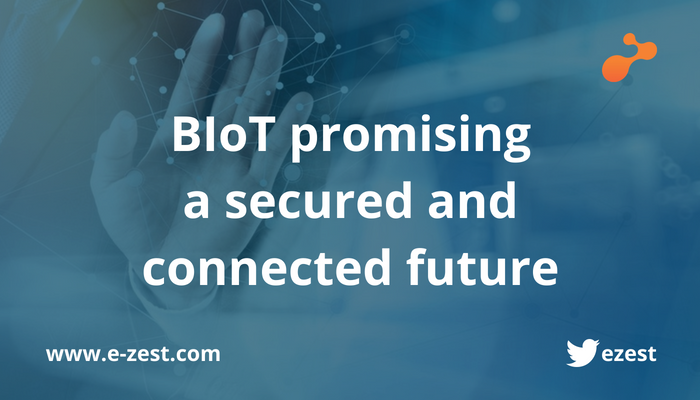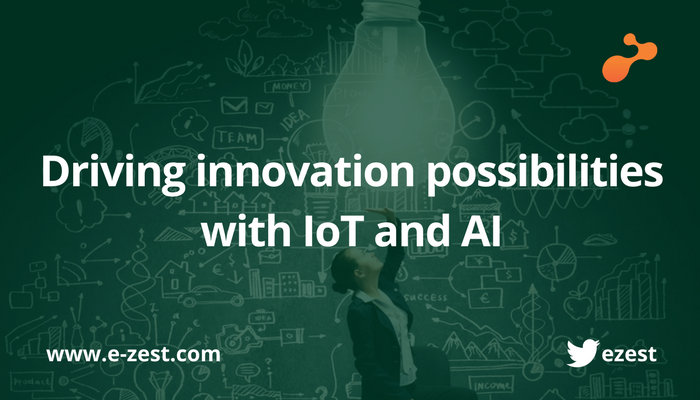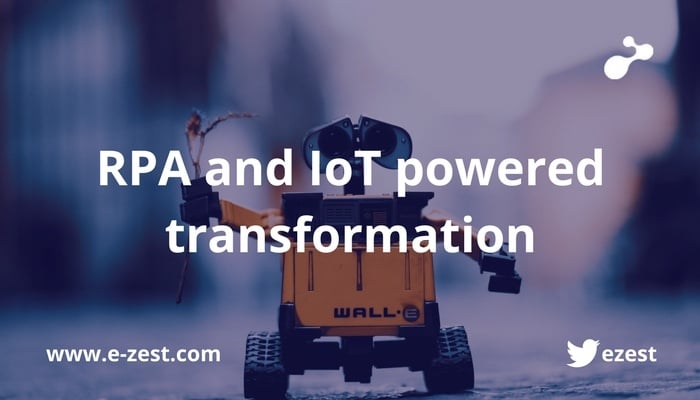The security, identity, interactions, and transactions are fundamentals for any modern software application today. Incidentally, they form the core of Blockchain-IoT (BIoT). The very nature of BIoT makes it attractive for manufacturing, security, ERP, supply chain, IoT network management, end-user authentication and smart contracts.
Combining IoT with blockchain – scenarios and use cases in the world of convergence
IoT though an independent technology doesn’t stand on its own. Put it in a much broader context of what it can enable across various industries and the technologies that are needed to make IoT work and it will work. Add to that the convergence on technological and business levels and the picture become much broader. With IoT and Blockchain, we enter a space of pretty unlimited possibilities.
IoT and blockchain – from manufacturing and security to ERP
Industry 4.0 and its end-to-end data approach along with the evolution in logistics are some of the right examples in manufacturing. Add robotics and there are systems such as ERP. IDC, a leading provider of market intelligence says IoT, Blockchain and cognitive computing are three pillars for the next generation of ERP, known as Intelligent ERP. The list does go on.
Blockchain requires participants to document products and their processing so that all other members may see. Add IoT to this and manufacturers can monitor their shipments throughout the entire process. This generates complete understanding and visibility about what is happening with their shipments. Sensors are used to determine the quality of the product being moved. For instance, labs can use IoT sensors to track location and climate data during shipment. This data can be further compiled to confirm the viability of the product that can be made accessible to all members of the IoT network, in real-time.
Blockchain has the potential to improve encryption and authentication for IoT security and DDoS protection. Many are subsequently seeking ways to secure IoT and industrial IoT (IIoT) devices through Blockchain, given that authentication. IoT solution in connection with ERP has helped improve their supply chain visibility using this real-time data feedback and become more customer focused. Based on this, it proves that IoT can be connected to ERP business system and a great way to prepare for using Blockchain.
IoT and blockchain – from smart buildings to the energy industry
Smart buildings, for instance, among the main building management and building energy management evolutions are the cases where IoT comes into the picture. You also can look deeper into specific applications and industries for similar examples of IoT and Blockchain convergence.
As energy becomes increasingly digital and decentralized, one can easily excess renewable energy that could be easily sold and bought via Blockchain and IoT-enabled sensors. In fact, Blockchain applications are also leveraged for the recording of autonomous, machine-to-machine transactions regarding electricity usage.
IoT and blockchain – from smart contracts to autonomous decisions
You can easily come up with several lists of applications where IoT and Blockchain play here, whether it’s the electricity industry or any other where it matters to record autonomous, machine-to-machine transactions that involve selling/buying and/or smart contracts.
There are many important transactions whereby one application needs another and/or is built upon others. Essentially, you can look at all areas where it makes sense to do so, typically where novel technologies with data and transactions including contracts are built at the center.
Smart contracts help to automate business decision-making. Combined with IoT, they could enable fast and secure delivery and payment for goods and services, all recorded in the Blockchain. When you combine Blockchain, smart contracts, and IoT, you can drive the next wave of operational efficiency, eliminating manual processes.
Increasingly autonomous decisions are based on data analysis. Think about the contexts where operational technologies and manufacturing technologies are essentially revolving around data like capturing and analyzing on real-time leveraging for immediate purposes in broader ecosystems.
These are somewhat the intersection of several spheres with IoT and Blockchain playing an essential role. It is a very targeted one for a few industries but certainly can go beyond.


%20V5-05.jpg)
